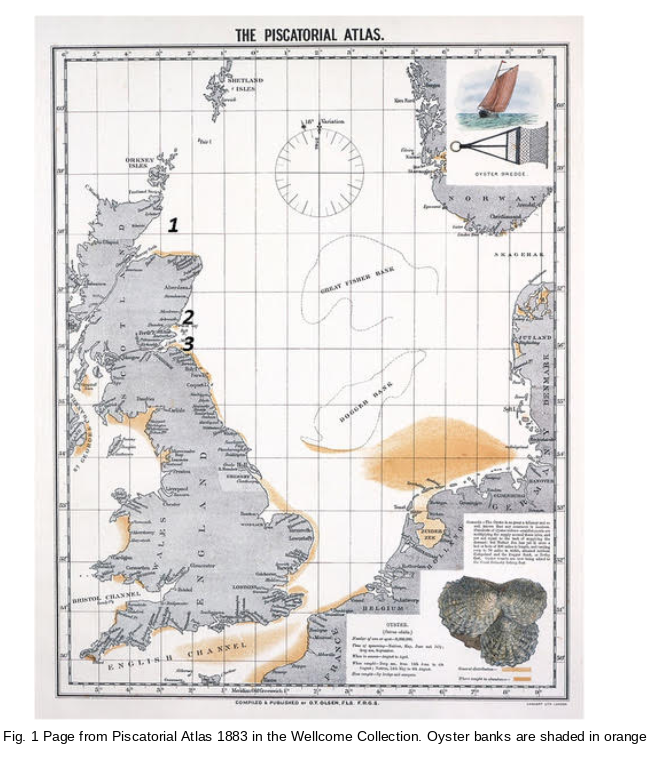As a species, we are faced by an omnipresent availability bias. Human efforts around sustainability are focused on that which is seen and measured.

What gets measured gets managed goes the old adage. We can see this logic in action around humanity’s efforts to become a sustainable society. We are getting good data on the amount of carbon we are pumping into the atmosphere or the amount of square meters of rainforest we are losing each year. And yes, our society is mobilising to correct these measurable relatively quantifiable environmental problems.
However, this mantra is incomplete. Many will know the second refrain – that not everything that matters can be measured and not everything that we can measure matters.
As a species, we are faced by an omnipresent availability bias. Human efforts around sustainability are focused on that which is seen and measure. We exist on land, and so public interest in the destruction of the rainforest/extreme weather/extinction of large mammalian species are felt and acted upon (albeit still insufficiently).
Let’s add another platitute to the list – “we know more about the surface of the moon than the bottom of the ocean”. Being land mammals, humans spend relatively little of their time at sea, our world view is hence blinkered. At the fringes we see an unpleasant build up of trash on the beaches. However, this is a tiny fraction of what is actually ejected into the big blue. We forget about the colossal amount of microscopic refuse washed off our land by rain and out into our rivers and into the sea. Phosphates and Nitrates as a result of agricultural runoff are particularly harmful. Dead Zones caused by nitrate and phosphate enriched water leading algal blooms are a “direct consequence of our current lifestyle” according to ocean researcher Caroline Slomp.
We are not only ejecting trash, but we are doing a really good job of decimating populations of critical oceanic trash processors such as oysters. As an example, a bank (Fig. 1) in the north sea used to be covered by 300kmx70km of oysters (it is almost entirely gone now). A single oyster can filter around 100l of water a day. By rough calculations, we have knocked out a system that was filtering a mindblowing 52,000,000,000,000l/day.

As a comparison, based on information on the Samcotech website you would need around 15 million 3,500,000 l/day water filtration facilities costing $2m each to filter the same amount. That would cost $30trn. For comparison, the combined S&P 500 is worth $33trn. This is not surprising considering that it was a filtration facility with a land area almost exactly half the size of the Netherlands. Unfortunately for synthetic factories, there are endless operational and refurbishment expenses. Oysterbeds grow and improve organically (for free) and provide a cascade of other ecosystem benefits.
We are nowhere close to measuring the true value of Oceanic Natural Capital and so treat it like landfill and not a state of the art water filtration facility. Humankind is taking out vast swaths of natural capital wealth without even knowing it’s gone.
It is incredibly difficult to measure the true value of the oceans to our species, but the prudent strategy might be, let’s assume it is incredibly precious and valuable unless explicitly discovered otherwise. We exist on the planet because of healthy and functioning oceans, that statement probably does not surprise anyone, what might surprise people is how close it is to being lost to us.